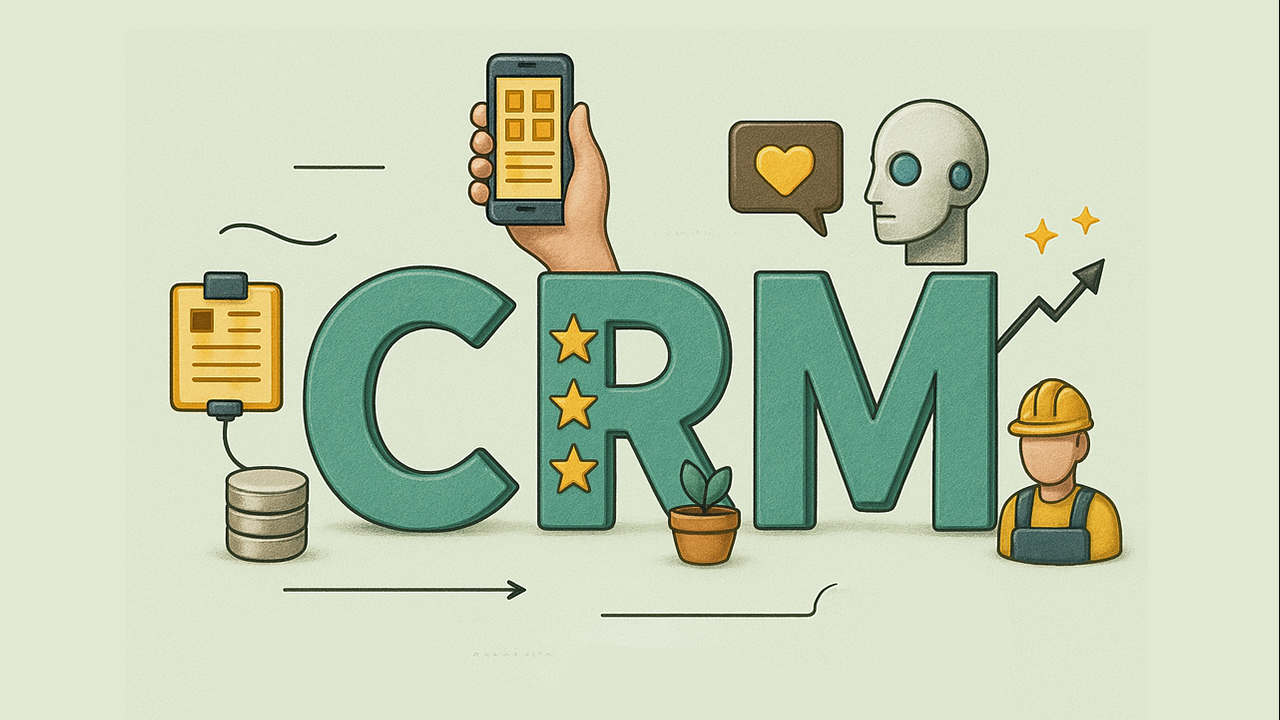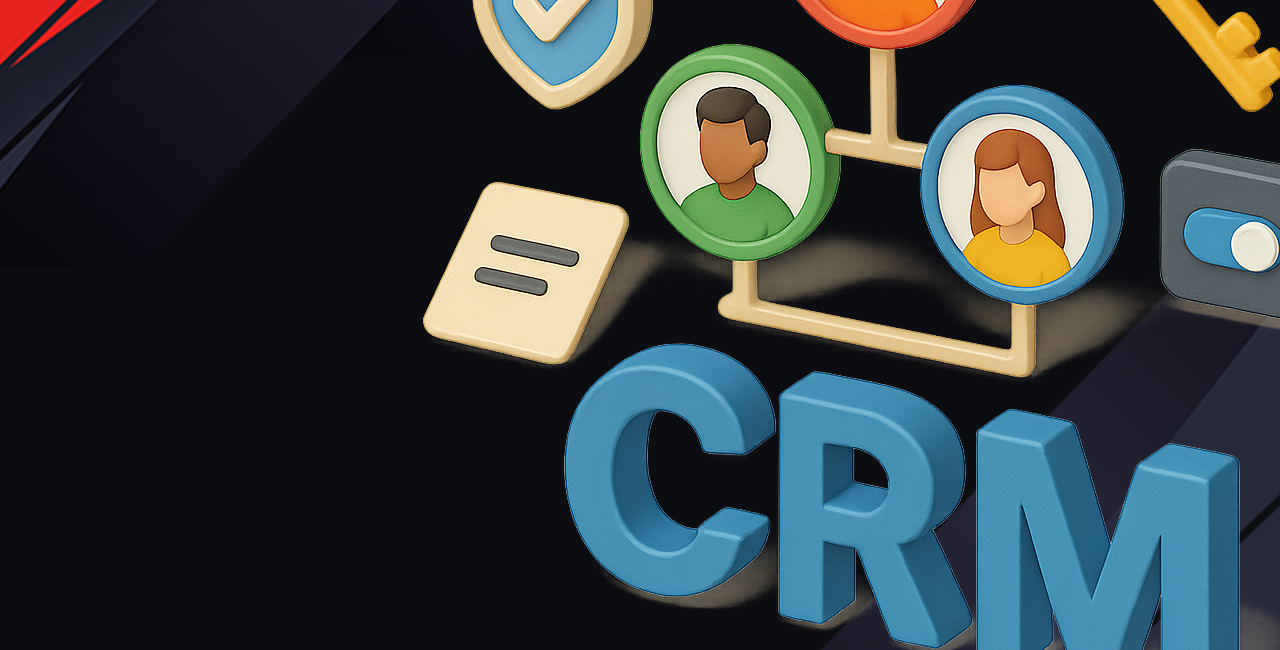For effective teamwork, it is important to ensure a clear structure of access rights, delineation of authority and activity control. The functionality of the Organization section can help you with this, where you can create roles, manage access, track employee shifts, and control data security.
Below is a step-by-step guide to all the features in this section.
Go to the “Roles” section
Open on the platform:
Menu → Organization → Roles
An interface with three main blocks will open in front of you:
Role list
Displays all roles that have already been created in the system – for example:
– Manager
– Bayer
– Operator
– Analyst
– Department Manager, etc.
Each role can be modified, deleted, or a new role can be created from scratch.
Current shifts
Shows which employees are currently active, who is working in the system. It is convenient for tracking working hours and analyzing the team workload.
Employees
A list of all users on the platform with the ability to:
– Assign role
– Enable or disable access
– Switch to employee view mode
– Delete account

Creating a new role
To create a new role (such as “Curator” or “Content Manager”):
1) Click “Create Role” in the upper right corner of the screen.
2) Type:
Role name – displayed in the system.
Parental role (if needed) – the new role will inherit rights from the other.
The badge color is a color marker that visually distinguishes the employee in the interface.
Icon or style – helps to quickly differentiate roles visually.
You can create as many roles as you need for your business logic.
Configuring access rights
After creating a role, a window with detailed access configuration will open:
You can set access to modules:
– Statistics
– Sales
– Finance
– Communication channels (Telegram, etc.)
– Newsletters
– Bots
– CRM
– Business processes
– Reports and analytics
– System settings
Levels of access:
– Always – unlimited access.
– According to rights – access is governed by other restrictions (e.g., by project or shift).
– Never – total restriction of access.
You can also set access to specific reports:
– 📈 Deals
– 💵 Average check
– 🔁 Conversions
– 📆 Employee turnover
After customization, click “Save”. The role is ready for use.
Assigning a role to an employee
Now you need to assign the created role to one or more employees:
1) In the lower “Employees” block, find the required user.
2) In the “Role” column, select the required one from the drop-down list.
3) The assignment takes effect immediately – the employee gets access according to the selected role.
This comes in handy when scaling a team or introducing new employees to the workforce.
Shift work
If your system uses the “shifts” mechanism, you can:
– See who is currently working.
– End an active shift by clicking the Close button .
– Make sure no one forgets to log out or remains active after hours.
Shift supervision helps to monitor the discipline, activity and performance of the team.
Why use roles?
Using roles and flexible access customization gives your business real benefits:
🔐 Safety
You limit access to sensitive data, finances, CRM and management, leaving it only to the right employees.
🧭 Convenience
Employees see only those sections that are relevant to their functionality – nothing unnecessary, no confusion.
⚖️ Delegation
You can quickly distribute tasks and areas of responsibility – for example, give several buyers the same rights.
🚀Scaling
New employees are onboarded using a role template in 1 minute – no need to set everything up from scratch every time.
Working with employees: advanced functions
👁 “View on behalf of employee” mode
This is a unique opportunity to “log in” on behalf of any employee to check in:
– Which partitions it sees
– Are there any access errors
– How to set up training or instructions
To do this, click the “eye” icon next to the employee’s name. To return – click “Exit mode” in the upper panel.
Activation / deactivation
If an employee is on vacation, sick, quit, or suspended – you don’t have to remove them:
– Use the “Activated / Deactivated” switch
– In deactivated mode, the employee will not be able to log in to the system
– All his data and history are saved
Removing an employee
If an employee no longer works with you:
1) Click the trash icon.
2) Assign another employee to transfer transactions and tasks.
3) Confirm the deletion.
Important: the history of his actions remains in the system, but the profile is deleted completely. If necessary, you can invite him/her again.
Results
The Organization section is the heart of team management. You can use it to:
– Create roles and access templates
– Control who sees and does what in the system
– Secure business data
– Simplify onboarding of new employees
– Validate the interface through the eyes of employees
– Manage workflow flexibly
Use it regularly and your team will work clearly, safely and cohesively.




No Comment! Be the first one.